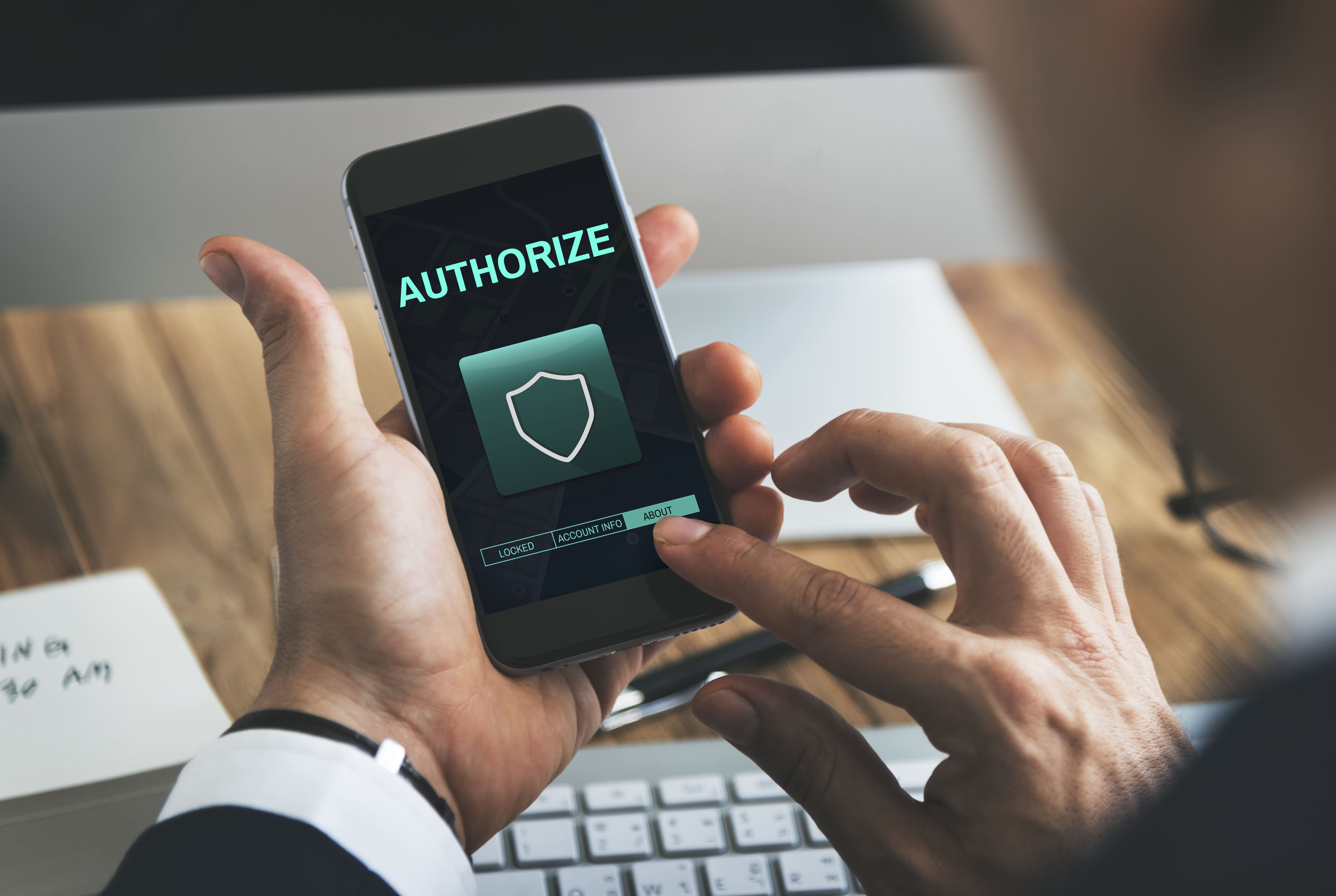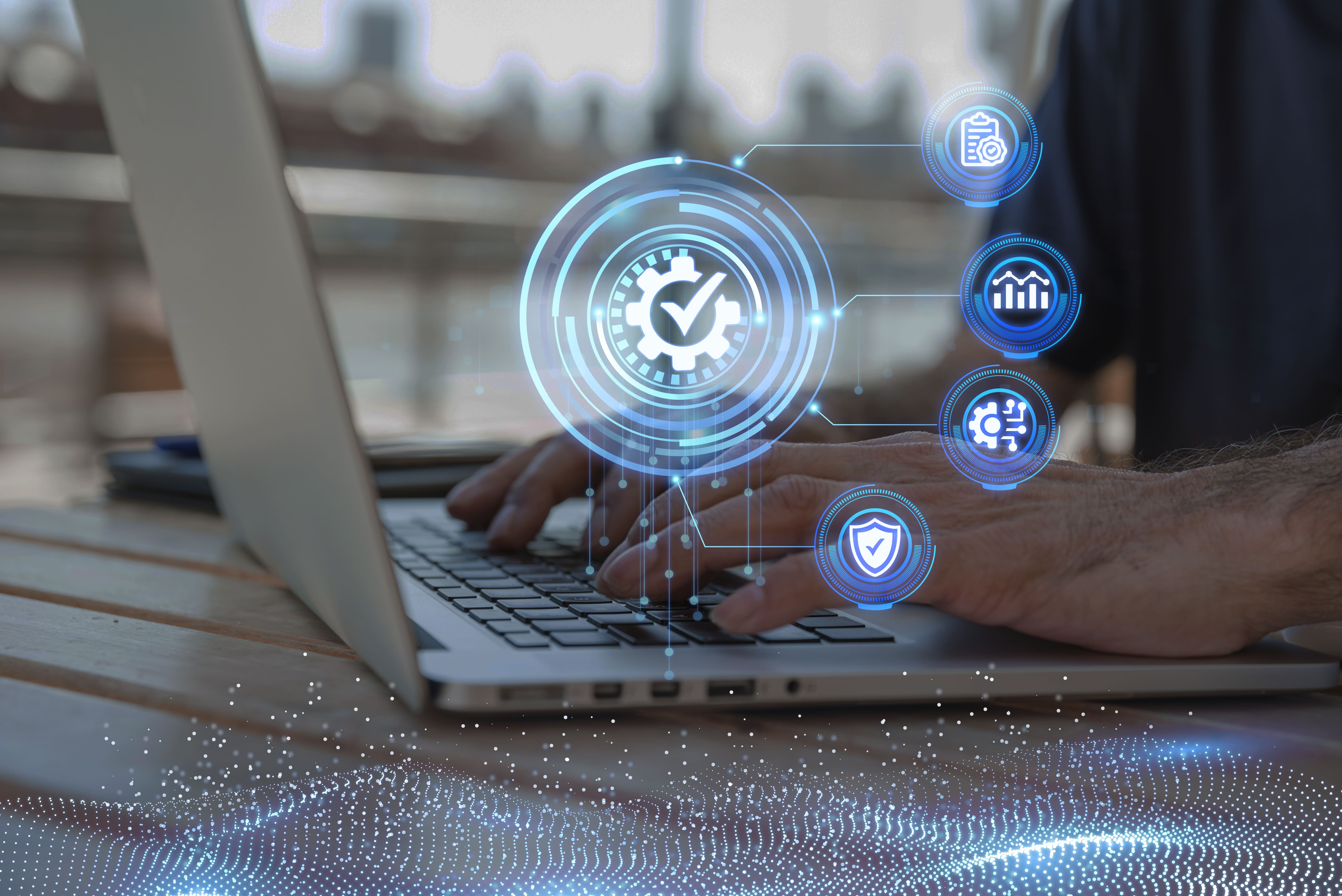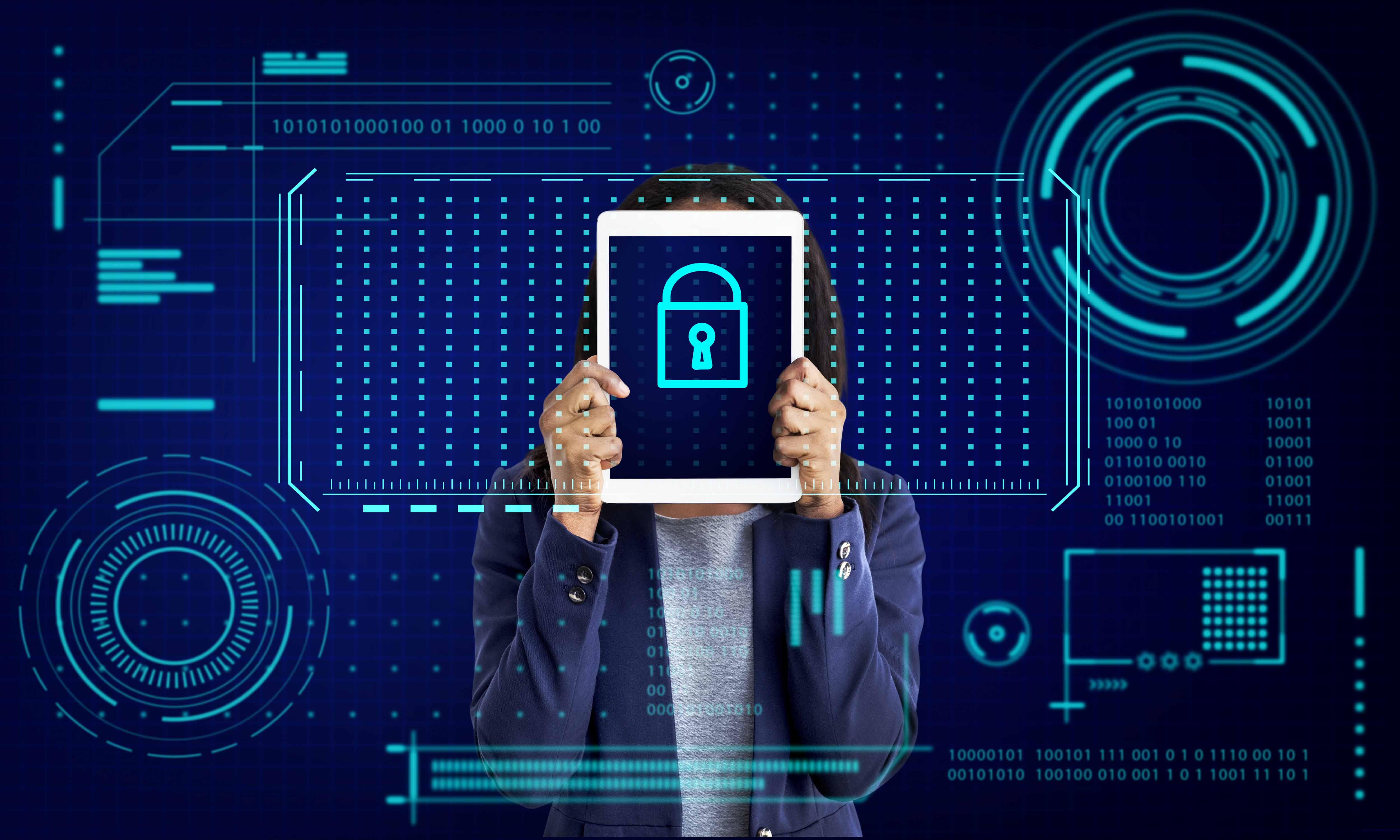
by Rebeca | Dec 5, 2023 | cybersecurity, soffid
In today’s cybersecurity landscape, Identity and Access Management (IAM) implementation has become a cornerstone for safeguarding digital assets and protecting sensitive information within organizations. Let’s delve into some key benefits that effective IAM implementation can offer:
Enhanced Security and Risk Reduction
Effective IAM implementation bolsters an organization’s security posture in numerous ways:
- Access Control: IAM ensures that only authorized individuals have access to resources and sensitive data, minimizing both internal and external threats.
- Multi-Factor Authentication: Robust authentication reduces the risk of unauthorized access by requiring multiple forms of identification.
- Early Threat Detection: Monitoring and detection tools help identify unusual or potentially malicious activities swiftly.
Regulatory Compliance
IAM streamlines regulatory compliance by establishing practices and policies aligned with industry requirements:
- Simplified Audits: IAM provides detailed records of access activities, facilitating both internal and external audits.
- Granular Access Control: It enables configuration and control of access rights according to specific industry regulations.
Operational Efficiency and Cost Reduction
Effective IAM implementation not only enhances security but also streamlines operations and reduces costs:
- Process Automation: Automating tasks like password management and role assignments reduces the workload on IT personnel.
- Reduced Data Loss Risk: By preventing security incidents, costs associated with data recovery and potential fines for compliance breaches are minimized.
IAM implementation goes beyond just data protection. It offers a robust framework to reinforce security, ensure regulatory compliance, and optimize operational efficiency, resulting in a more resilient and agile organization in today’s digital landscape.
Investing in effective IAM implementation not only protects the organization today but also lays the groundwork for a more secure and efficient business future.

by Rebeca | Aug 2, 2023 | News, soffid
Multifactor Authentication (MFA)
Safeguarding sensitive information has become a critical priority for individuals and organizations worldwide. With the continuous evolution of cyber threats, traditional username and password combinations are no longer sufficient to protect valuable data. As a result, businesses are adopting more robust security measures, and one popular solution is Multifactor Authentication (MFA).
The Need for Enhanced Security
Passwords alone are vulnerable to hacking attempts, phishing attacks, and data breaches in an interconnected digital world. Users often reuse passwords across multiple accounts, exposing themselves to significant risks. With the rise of remote work and cloud-based services, stronger security measures are imperative.
What is Multifactor Authentication (MFA)?
MFA requires users to provide multiple forms of identification before gaining access to a system or application. Unlike traditional single-factor authentication, MFA combines two or more authentication factors to enhance security.
The Three Authentication Factors: Something You Know, Have, and Are
Something you know: the traditional password or a Personal Identification Number (PIN). While vital, it is no longer the sole line of defense.
Something you have: possession of a physical item, such as a smartphone, a security token, or a smart card. It generates a unique code or prompts an approval notification for verification during login.
Something you are: unique biometric information, such as fingerprints, facial recognition, or voice recognition, adding an extra layer of security.
The Benefits of MFA
Enhanced security: by combining multiple authentication factors, MFA significantly reduces the risk of unauthorized access, acting as a potent deterrent against cyberattacks.
Protection against phishing: MFA’s reliance on physical possession or biometric data makes it challenging for cybercriminals to steal factors through phishing attempts.
Regulatory compliance: many industries and data protection regulations now require the use of MFA to safeguard sensitive information, ensuring compliance.
At Soffid, we recognize the importance of protecting sensitive information from evolving cyber threats. Our Multifactor Authentication solution offers flexible and robust options for businesses.
Shall we talk?
Picture: Imagen de rawpixel.com en Freepik

by Rebeca | Jul 5, 2023 | Cliente, cybersecurity, fintech, soffid, trends
Nowadays, financial technology companies (fintech) have revolutionized transactions and financial management. However, this rapid growth brings the urgent need for robust cybersecurity measures. As fintech becomes a prime target for cybercriminals, proactive protection of transactions and financial data is critical.
Security Challenges in Fintech
Fintech companies face data security risks due to their handling of sensitive information, including banking data, credit card numbers, and transactions. Consequently, they become attractive targets for unauthorized access. Additionally, sophisticated phishing attacks take advantage of users’ trust in fintech, seeking to obtain personal and financial information. This poses an ongoing risk of identity theft, as attackers impersonate legitimate fintech entities for fraudulent activities. Moreover, fintech’s heavy reliance on technology exposes them to potential infrastructure security breaches. These breaches can occur due to software vulnerabilities, misconfigurations, or a lack of security updates.
Solutions for Strong Cybersecurity
To enhance cybersecurity in fintech, it is important to implement robust authentication measures such as multifactor authentication (MFA) and biometrics. These methods restrict access to authorized users, providing an extra layer of security against compromised accounts. Empowering fintech users with security best practices is crucial. Educating them on identifying fraudulent messages, creating strong passwords, and protecting their devices reduces the risk of falling into cyber traps.
Regular security audits play a vital role in identifying vulnerabilities within the IT infrastructure. By conducting these audits frequently, fintech companies can promptly apply patches and updates to defend against the latest cyber threats.
Collaborating with cybersecurity experts is highly recommended. Partnering with specialized firms allows access to services like risk assessments, penetration testing, and security consulting. This collaboration helps identify and mitigate potential threats effectively.
Adhering to relevant security standards and regulations, such as the General Data Protection Regulation (GDPR), ensures the proper protection of users’ personal and financial data. Compliance with these regulations is essential for maintaining trust and safeguarding sensitive information.
As fintech companies continue to reshape the financial landscape, prioritizing cybersecurity is of utmost importance. By addressing data security risks, phishing attacks, infrastructure vulnerabilities, and implementing robust authentication methods, these companies can establish a strong defense against cyber threats. Collaborating with cybersecurity experts and adhering to relevant regulations further enhances protection.
At SOFFID, we understand the criticality of cybersecurity in today’s digital world. Our expertise and comprehensive solutions can help safeguard your company’s security and data integrity.
Shall we talk?

by Rebeca | Jun 14, 2023 | Customer, cybersecurity, Definitions, Release, soffid
Soffid 3.4.7 is the latest version of our convergent platform. It is designed to provide comprehensive protection against cyberattacks. This new release incorporates a convergent perspective, offering a 360º view of your organization’s identities and optimizing the platform’s start-up processes. With improved functionality and user-friendly tools, Soffid 3.4.7 ensures a simplified and efficient experience during the start-up process.
One of the most significant features of the new version is the Configuration Wizard, which is divided into four sections: Identity Governance Administration (IGA), Identity Risk & Compliance (IRC), Privileged Access Management (PAM), and Access Management & Single Sign-On (AM).
To successfully maintain your organization’s IDs, Soffid requires the installation of a Sync Server component in the IGA area. The wizard provides step-by-step instructions for selecting the suitable platform to host the Sync Server. Additionally, you can easily configure the authoritative source of the identities by choosing the desired mode and following the wizard’s instructions. Soffid also offers another wizard that allows you to seamlessly add applications, such as Active Directory or a Database, from an application list.
The IRC section focuses on identity risk and compliance, encompassing processes and controls to ensure the authenticity and authorization of individuals accessing sensitive data or systems. Soffid introduces new wizards in this section to help you create roles for detecting risky role assignments (SoD), schedule weekly risk reports, define recertification campaigns, and establish advanced authorization rules.
For privileged access management, the PAM section enables you to track the usage and access of service and system management accounts. Through the configuration wizard, you can easily discover assets present in your network, publish accounts in the Password Vault, create PAM policies for granular control over privileged access, and establish multi-factor authentication (MFA) policies.
In the AM section, Soffid focuses on access management and single sign-on. This functionality allows you to identify users accessing applications and implement multi-factor authentication. You can register IDs for administration and protection, add and configure new Service Providers, set up strong authentication factors, and create adaptive authentication rules to dynamically adjust the authentication methods based on criteria.
With Soffid 3.4.7, we strive to provide you with a comprehensive solution to safeguard your organization from cyber threats. The enhanced functionality and user-friendly Configuration Wizard ensure a seamless and efficient experience during the start-up process. Take advantage of the new convergent perspective and the 360º view of your organization’s identities offered by Soffid, and fortify your defences against cyberattacks.
For more detailed information about the new features and instructions on how to upgrade, please contact us.
Soffid 3.4.7 was developed to keep your company safe.
Shall we talk?

by Rebeca | May 24, 2023 | cloud, cybersecurity, soffid
Protecting your digital identity and ensuring business security is crucial in today’s digital landscape. Identity and access management (IAM) plays a vital role in safeguarding digital experiences and mitigating potential consequences. Here are five essential IAM security practices to protect your company’s digital identity:
Implement robust password policies to prevent security risks associated with weak or reused passwords. Consequences may include data loss, IP theft, and compliance violations.
Use multifactor authentication (MFA) to defend against identity theft attacks. Attackers with password access can infiltrate systems, engage in fraud, and spread malware, leading to reputational damage, customer loss, and financial losses.
Manage privileges properly to prevent employees from gaining unnecessary access or abusing their privileges, which can result in data leaks, internal sabotage, and reputational harm.
Regularly monitor and audit systems to detect malicious activity and suspicious behaviour promptly. Failure to do so can lead to security breaches, exposing confidential data, incurring regulatory penalties, and losing customers.
Stay up-to-date with security patches and updates to avoid known vulnerabilities. Neglecting updates can leave your company susceptible to malware attacks, system compromises, operational disruptions, revenue loss, and damage to your brand’s reputation.
Protecting your company’s digital identity is essential for security and business continuity. By implementing strong IAM security practices, you can mitigate potential consequences such as data loss, reputational damage, and financial losses. Don’t overlook the importance of safeguarding your digital identity in today’s digital landscape.
Soffid is a converged IAM platform that will help you implement everything necessary to keep your company safe.
Shall we talk?
(1) readwrite.com






